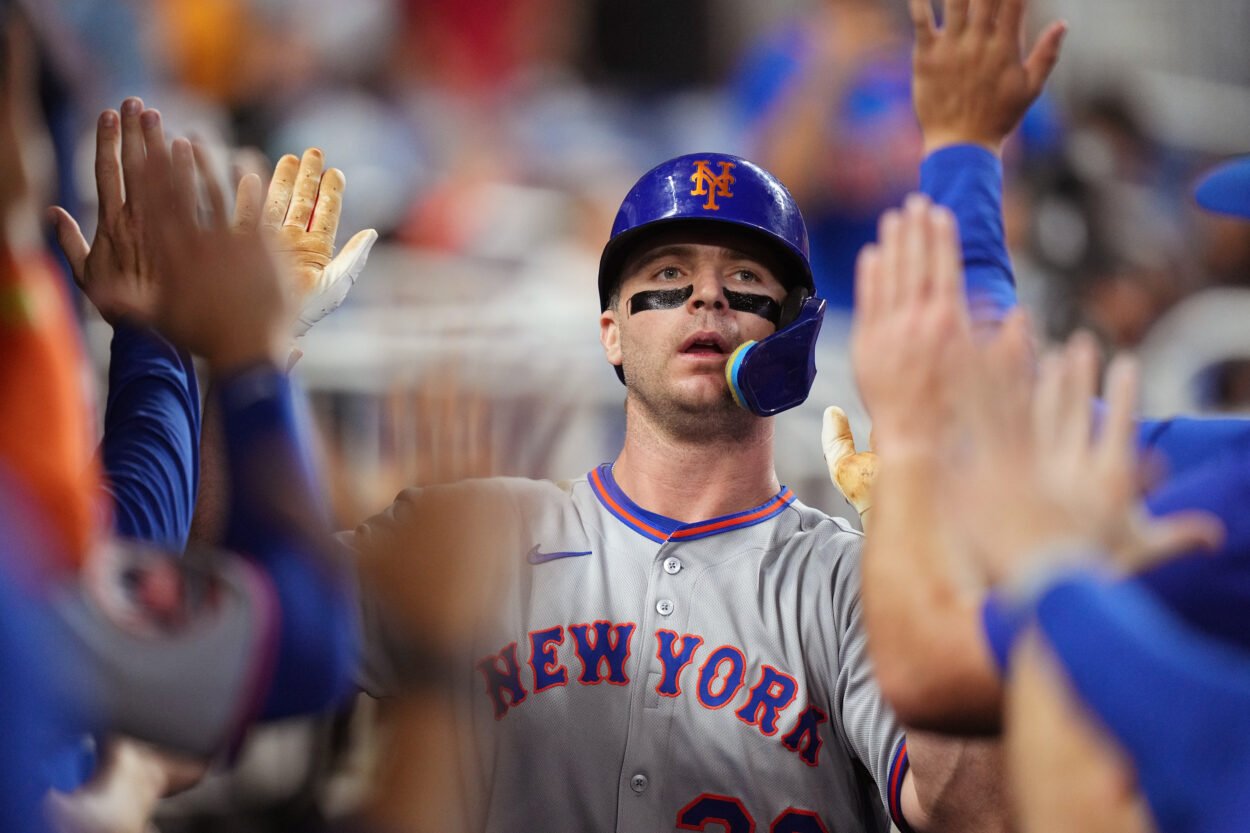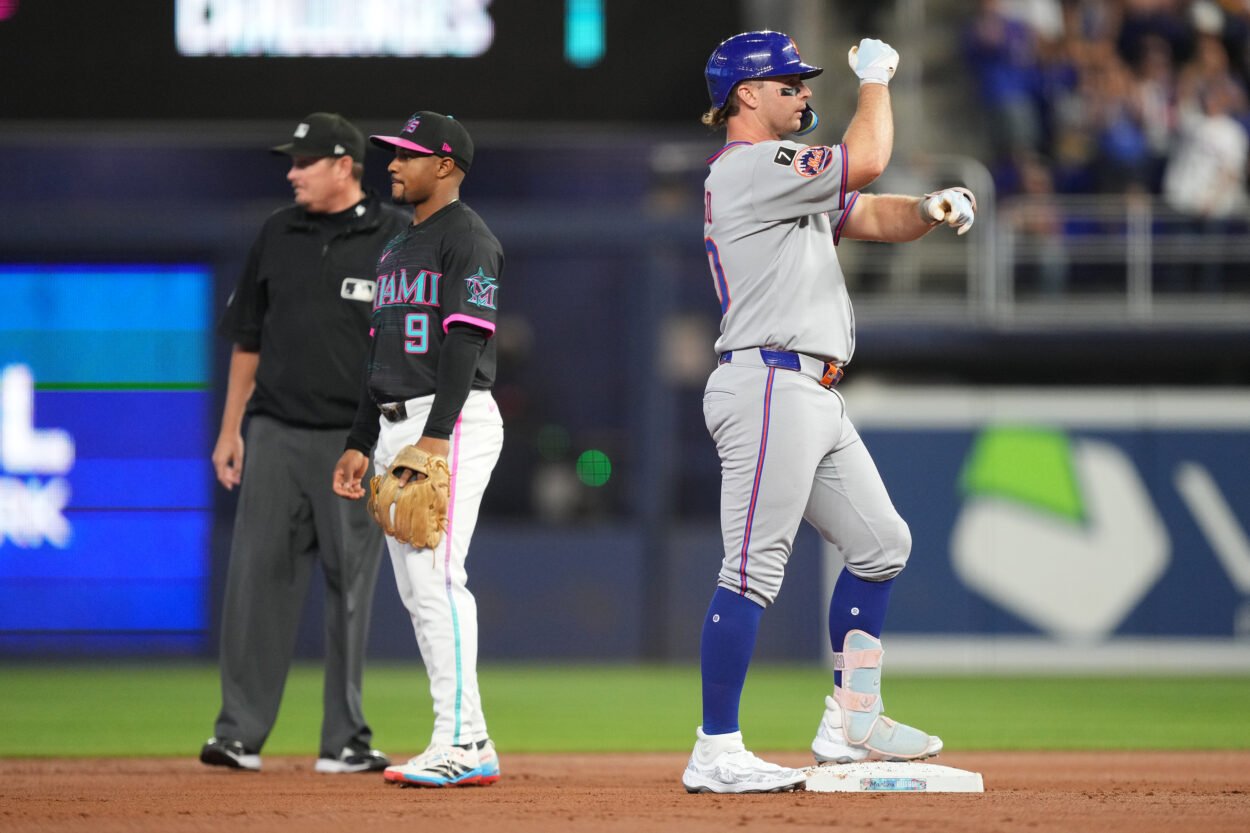
The New York Mets and Pete Alonso are once again locked in a familiar dance — the kind where both sides know the rhythm, but neither wants to make the first real move. It’s a bit of déjà vu from last winter, when negotiations dragged out before Alonso eventually signed a two-year, $54 million deal that gave him an opt-out after 2025. That safety valve has now been pulled, and the slugger is betting on himself once again.
A Monster Season Changes the Equation
This time, Alonso has the numbers to back up his confidence. He just wrapped up one of the best seasons of his career, blasting 38 home runs, driving in 126 runs, and posting a 141 wRC+. Those numbers didn’t just reassert his place among baseball’s premier power hitters — they made him the Mets’ all-time home run leader.
It’s easy to see why Alonso opted out. He’s 30 years old, coming off a year that silenced any whispers about decline, and he left $24 million on the table because he knows the market is better aligned with his production now than it was a year ago.

According to ESPN’s Kiley McDaniel, Alonso’s projected contract this winter could be in the four-year, $110 million range, with an average annual value around $27.5 million. Not quite the $150 million he reportedly sought last offseason, but certainly closer to his true market worth.
Lessons From a Misread Market
Last winter’s free agency cycle humbled Alonso a bit. His camp expected a massive nine-figure payday, but defensive concerns and slight offensive regression tempered enthusiasm from potential suitors. Mets owner Steve Cohen, meanwhile, wasn’t about to overextend for a player heading into his 30s with limited defensive value. The result was a short-term deal that worked for both sides — a bridge, not a marriage.
What changed over the past year is the way Alonso adjusted. His strikeout rate dipped, and his power surged, thanks in large part to a more compact swing. McDaniel noted that his swing shortness ranked in the 74th percentile this season, compared to just the 51st percentile last year. That’s not a trivial improvement — it’s the kind of underlying skill change that can add years to a hitter’s prime.
The Mets’ Dilemma
For the Mets, this is the tricky part. They know what Alonso means to the franchise, not just on the field but in the clubhouse and the stands. He’s a homegrown star, a fan favorite, and a player whose bat can change the tone of a lineup instantly. Letting him walk would send a difficult message, especially for a club that still intends to compete in 2026.

At the same time, president of baseball operations David Stearns has been clear about his philosophy: he doesn’t like paying top dollar for slow-footed sluggers into their mid-30s. A four-year deal might be tolerable, but if the market pushes to five, the Mets could hesitate. It’s a classic push-and-pull — sentiment and loyalty versus pragmatism and roster efficiency.
A Decision With Real Consequences
Other teams will surely circle, sensing opportunity if the Mets blink. But the truth is, no one fits Alonso better than the Mets. His identity is intertwined with the franchise’s, and for a team still searching for stability and star power, it’s hard to picture them willingly subtracting one of baseball’s elite run producers.
In the end, it will likely come down to years more than dollars. The Mets can afford him — the question is, how long are they willing to commit? Alonso has made it clear he believes he’s worth that long-term faith. After another monster season, it’s hard to argue he hasn’t earned it.
Whether the Mets agree may determine not only Alonso’s future, but the direction of the franchise itself.
